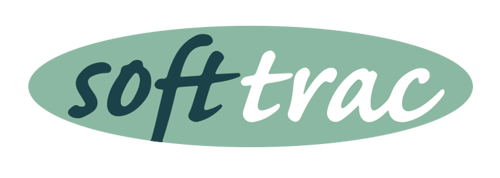 I wanted to update a post we had done a few years back as it is a topic that is still relevant. It is the ongoing question of how to present a successful training session. This past week, I again found myself on the opposite side as a student, and it reinforced for me some of the key factors in an effective training.
I wanted to update a post we had done a few years back as it is a topic that is still relevant. It is the ongoing question of how to present a successful training session. This past week, I again found myself on the opposite side as a student, and it reinforced for me some of the key factors in an effective training.
In our previous post, I had reached out to our staff to get their thoughts as to what they felt were the most important aspects of a successful training. Here is a revisit of the responses from our consultants in the trenches:
- Establish a clear set of learning objectives and review them prior to the training session. What is the goal of the training? You need to understand the desired outcome to ensure that you cover the right areas during training.
- Agree on a training agenda before starting. You need to know who the audience is for each session so you can plan accordingly. It’s not always valuable for everyone to attend every session.
- Verify everyone has access to appropriate technical equipment. Depending on what you are training, the technical needs may vary. For our software training, the ideal situation is for each attendee to have their own machine and access to a standalone database so everyone can do the same thing at once.
- Have enough training materials available for all attendees. You may use workbooks, user guides, handouts or other materials whatever is agreed on ahead of time. Everyone likes some paper in front of them.
- Use client data whenever possible. It's always better to use client data to make the training more relevant.
- Find a training location free from interruptions. Training at someone’s desk is not ideal because of the constant interruptions. You need to train free from distractions where everyone can focus on the material.
- Learn the trainees' names, and use them! We all like to be addressed by our own names. Training should be personal.
- Include regular breaks during the training session. Provide training in “chunks” over a period of time and never go longer than 1 ½ hours without a break. Everyone needs to stretch their legs.
- Ask the right questions. The trainer should ask lots of questions and trainees should provide real-life examples based on job roles. The more questions that are shared the more on track the training session will stay.
- Create a “parking lot” such as sticky notes on a wall for questions that are better answered at a different time or for questions where the answer is not yet known. This lets the trainee know that you value and encourage their question and participation. Also, the trainer is not likely to forget to address the parking lot questions especially when faced with a wall of sticky notes.
- Check in regularly. Continually check in with trainees to make sure they “get it”. No one wants to finish a training and realize too late that their audience didn't understand what was taught.
- Review what has been covered at the end of the session. A final review provides everyone with a helpful recap of key training points and is a good way to wrap up the training.
- Maintain patience. Everyone has their own unique learning style and the trainer must stay calm and take the time to connect with their trainees.
- Stay on task. While the back and forth of a training session may mean occasionally deviating, it is important to return to the agenda, and stay focused, so the session does not become too disjointed.
- Finally - good coffee and lots of snacks. You need to be able to recharge!
While I understand cost is always a factor when evaluating training proposals, I think it's important to remember the return on investment that a successful training can have. A well trained employee can perform their job more effectively and help you get the most out of your software investment.
Soft Trac is a woman-owned business and accomplished team of nonprofit software consultants. We believe in making nonprofits "do good" better. For more information on any of the topics discussed in this blog or to learn more about the software products and services we offer, please CONTACT Soft Trac.













